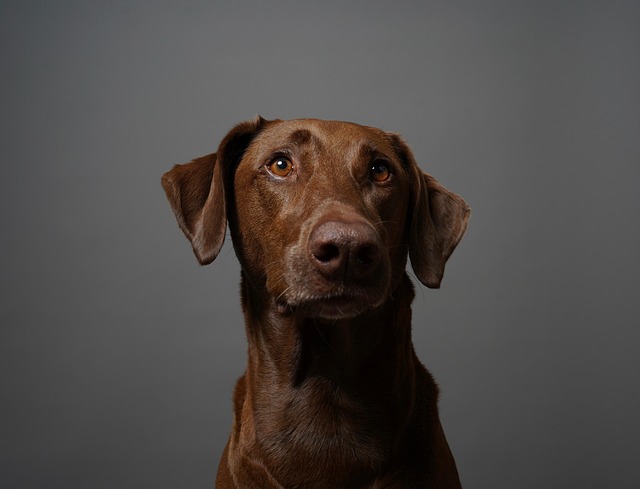
What is glaucoma in a dog?
You might notice your dog squinting more at mealtime or avoiding bright sunlight—these small changes could be early signs of a serious eye condition.
In the days spent with dogs, we sincerely hope that they can always be healthy, happy, and lively around us. However, the small virus is like a haze, constantly threatening the health of dogs and causing owners to worry. Understanding how dogs are infected with parvovirus can help us better prevent and protect their health.
Contact infection is one of the main ways for dogs to be infected with parvovirus. Parvovirus is highly contagious, and the feces, urine, and vomit of sick dogs contain a large amount of the virus. When healthy dogs come into direct contact with sick dogs, such as licking and playing with each other, they may be infected. In the dog park, dogs like to gather together and play. If one of them carries a small virus, the other dogs are at a high risk of infection. I once heard of a dog pooper taking his dog to the park to play. After returning, the dog showed symptoms of mental exhaustion, vomiting, and diarrhea. It was only after going to the hospital for examination that he was found to be infected with a small virus, most likely caused by contact with a sick dog in the park. Every time I think of these, I can't help but sweat for the health of my dogs, and I also understand the importance of constantly paying attention to their social environment.
Indirect contact transmission cannot be ignored either. Environments and items contaminated with parvovirus, such as dog beds, food containers, toys, etc., can all become vectors of transmission. Even if healthy dogs do not come into direct contact with sick dogs, they may still be infected with the virus if they come into contact with these contaminated items. For example, if the owner takes their dog to a pet hospital for treatment, and there are dogs infected with parvovirus in the hospital, the virus they leave behind may attach to the ground, walls, or medical equipment. When the owner's dog comes into contact with these places and licks its own paws, it may introduce the virus into its body. Alternatively, if the owner brings back items contaminated with the virus from outside, such as shoes, clothing, etc., they may inadvertently spread the virus to their dog at home. This indirect transmission method is difficult to prevent and requires the owner to remain vigilant at all times.
The strength of a dog's own immune system is also closely related to infection with parvovirus. Puppies are at high risk of contracting parvovirus due to their underdeveloped immune system and weak resistance. Just like a human baby, it requires extra care and nurturing during the early stages of growth. When puppies come into contact with parvovirus, their bodies find it difficult to resist the invasion of the virus, making them susceptible to illness. There are also some elderly dogs whose physical functions gradually decline, their immunity decreases, and they are more susceptible to the invasion of small viruses. In addition, dogs with long-term malnutrition or other diseases can also have their immunity affected, greatly increasing the risk of contracting parvovirus. Watching those dogs tormented by small viruses due to weakened immunity, the owner's heart is filled with heartache, wishing they could bear this pain for them.
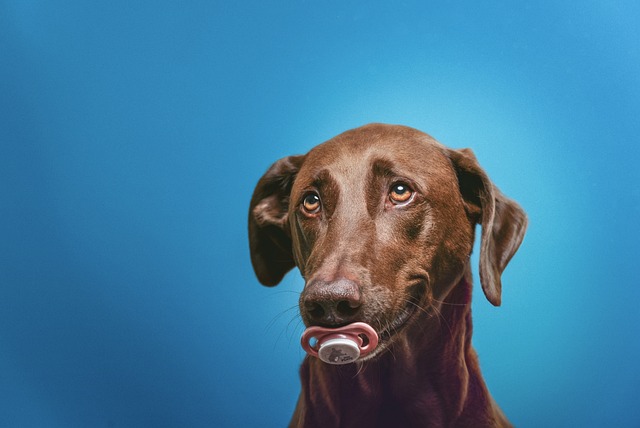
The hygiene condition of the living environment plays a key role in whether dogs are infected with parvovirus. If dogs live in a dirty, messy, and poorly ventilated environment, viruses and bacteria are more likely to breed and multiply, increasing the likelihood of dogs being infected with parvovirus. For example, some stray dogs live near garbage dumps with extremely poor hygiene conditions, and their likelihood of contracting parvovirus is much higher than that of domesticated pet dogs. If the owner of a domestic pet dog does not pay attention to cleanliness and hygiene, regularly cleaning the dog's kennel, changing the dog's mat and toys, it will also create conditions for the spread of the virus. Every time we see dogs living in a clean and tidy environment, we feel at ease because we know it can reduce their risk of contracting diseases.
There are various reasons why dogs can be infected with parvovirus. As owners, we should always pay attention to our dogs' living environment and health status, and take preventive measures. Regularly taking your dog to a pet hospital for vaccination is one of the most effective ways to prevent parvovirus. At the same time, it is necessary to maintain the cleanliness and hygiene of the dog's living environment, avoid contact with sick animals, and enhance the dog's immunity. Every effort we make for the health of our dogs is a manifestation of our deep love for them. When we see dogs growing up healthy and happy, playing lively around us, the sense of happiness and satisfaction cannot be described in words. Let us build a strong health defense for dogs with love and responsibility, accompanying them through every beautiful day.

You might notice your dog squinting more at mealtime or avoiding bright sunlight—these small changes could be early signs of a serious eye condition.
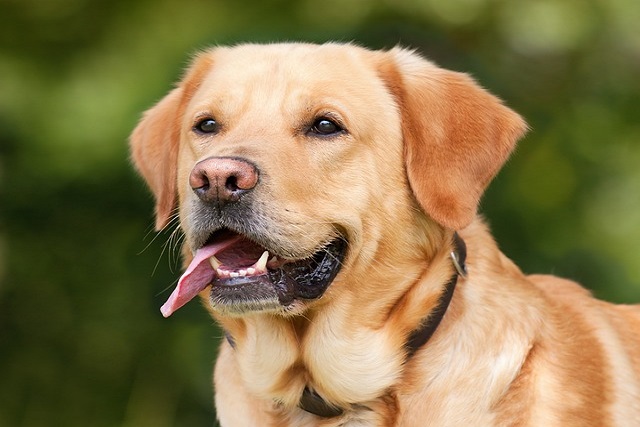
Let’s set the scene: It’s a sweltering Phoenix afternoon—105°F outside—and you rushed your 2-year-old Lab mix, Cooper, on a quick walk to “get it over with.”
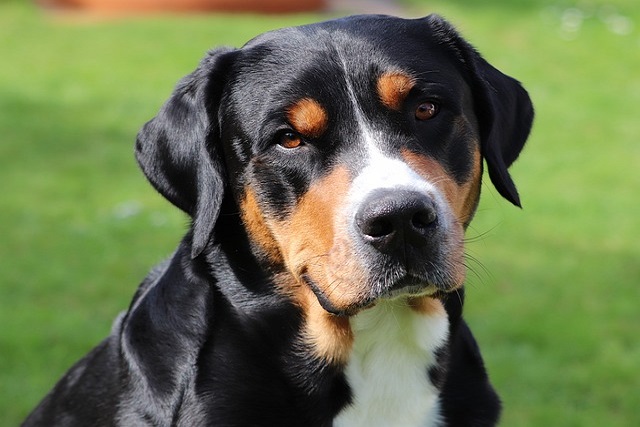
Let’s get real: You’re in your Miami apartment, watching your 3-year-old Corgi, Loki, struggle to climb the stairs to your second-floor unit.

Many dog owners brush off occasional scratching as just “dog behavior,” but persistent itching often signals something more—like a food allergy.
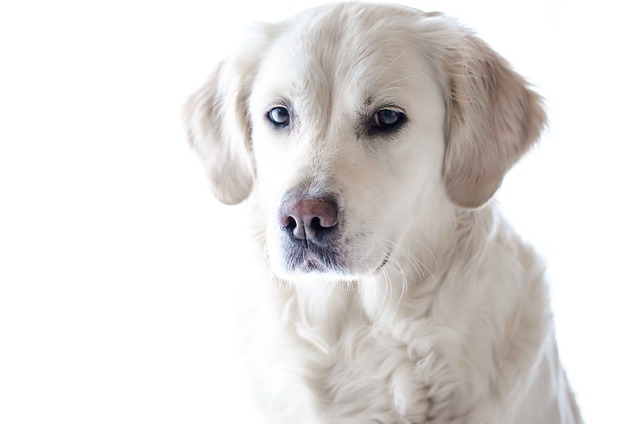
You might first notice your dog scratching more than usual—chewing at their paws until the fur looks thin, or rubbing their face against the couch nonstop.
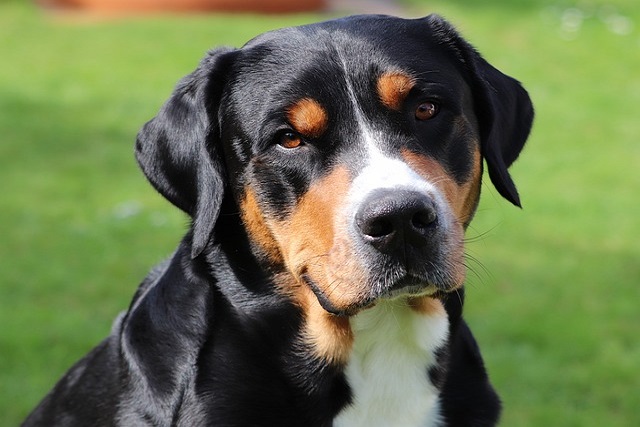
Let’s be real: You’re standing in your Chicago apartment, watching your 3-year-old Beagle, Max, huff and puff just to climb onto the couch.